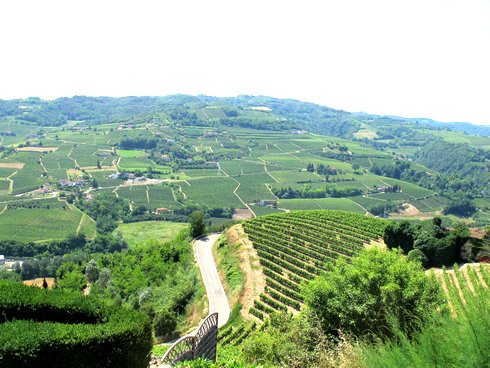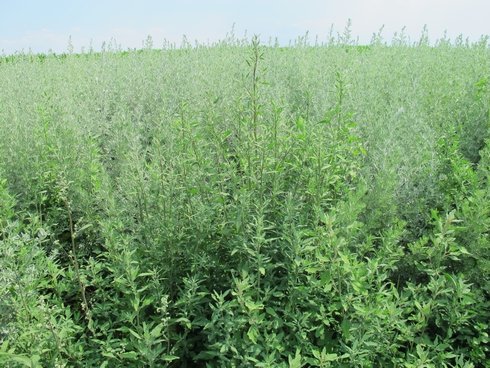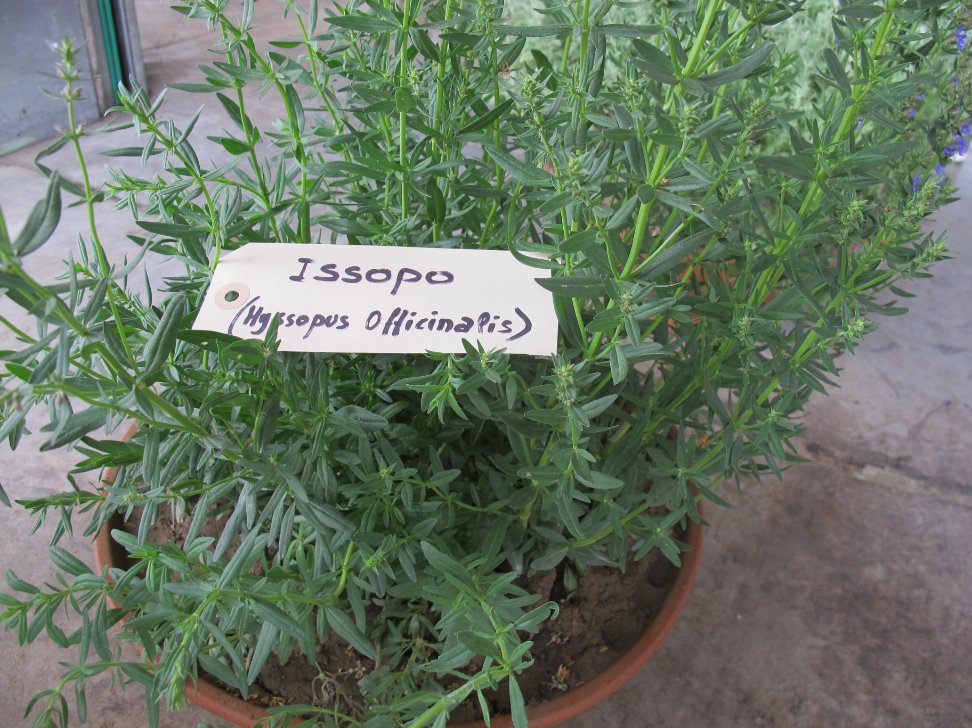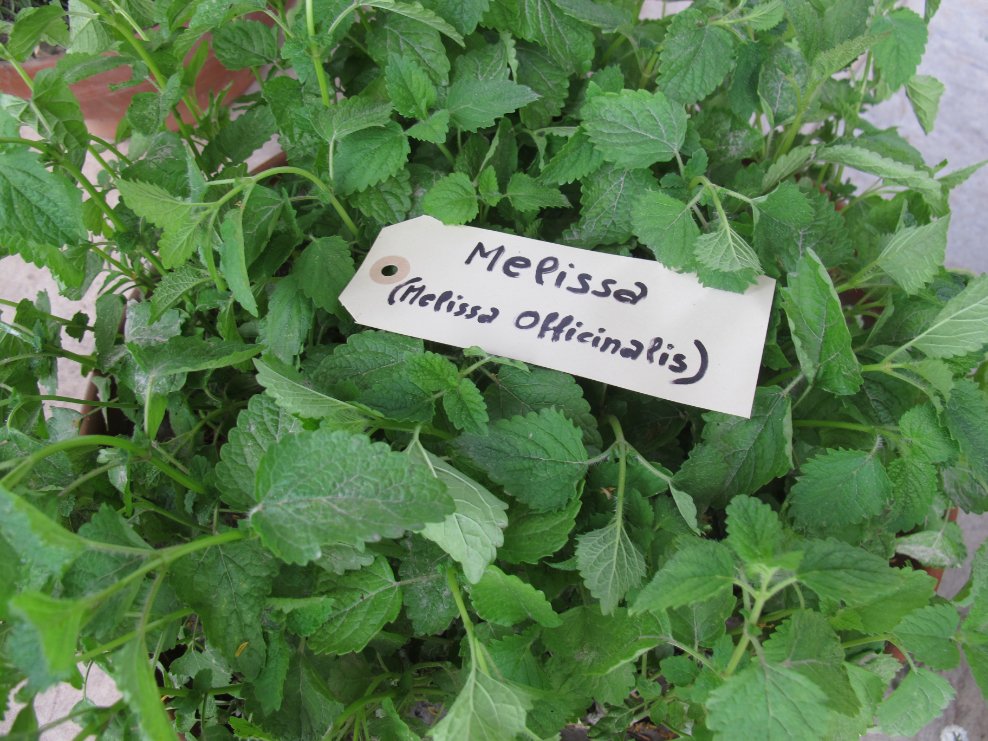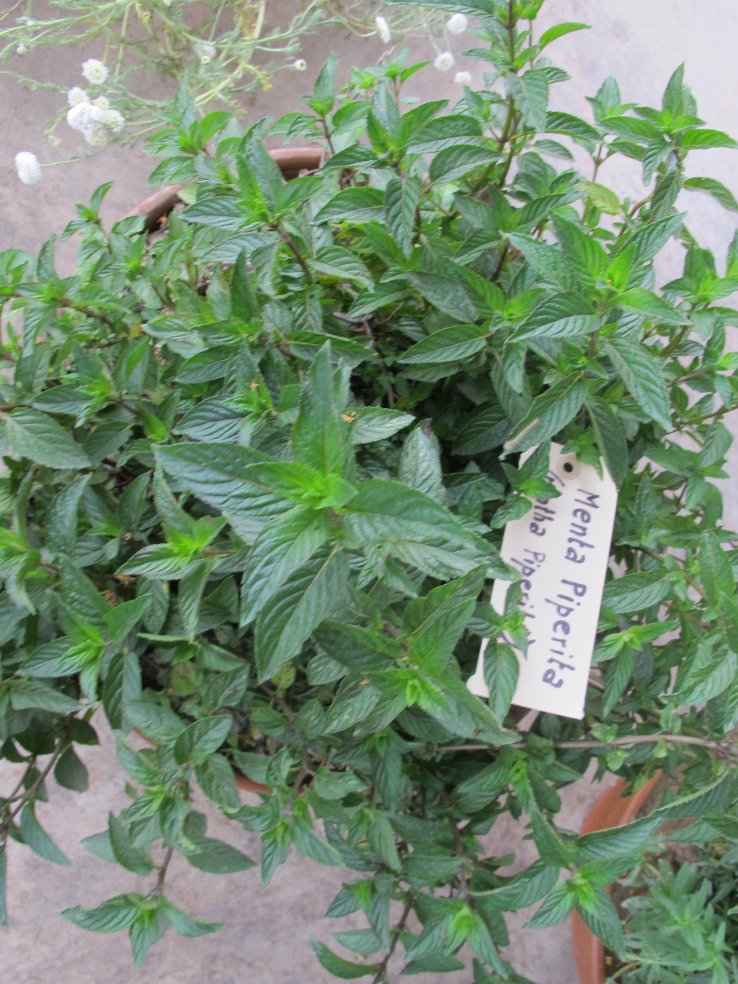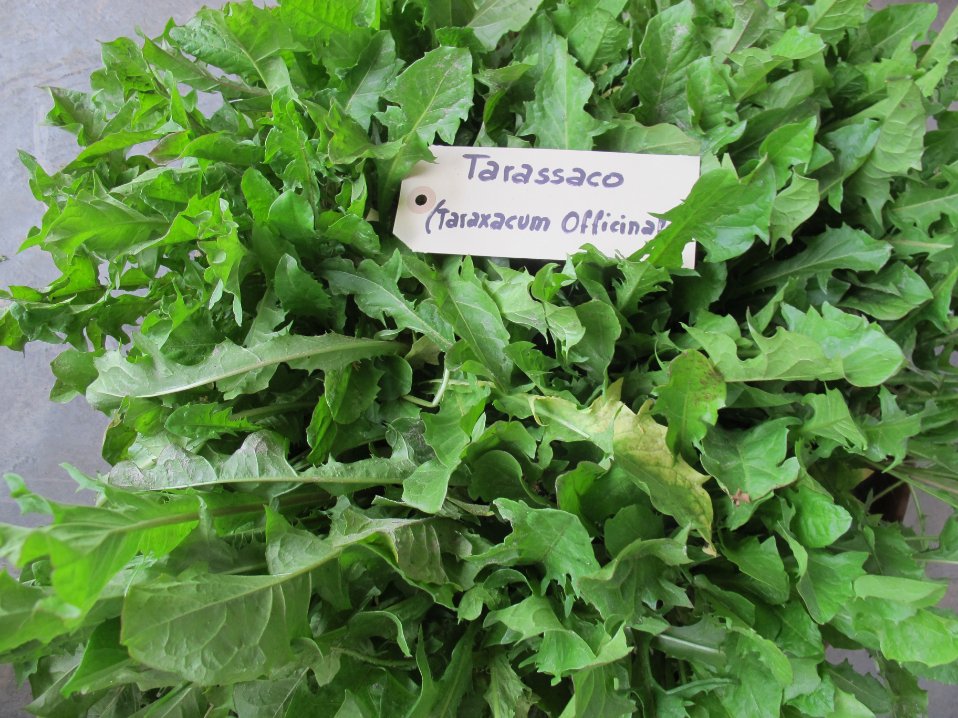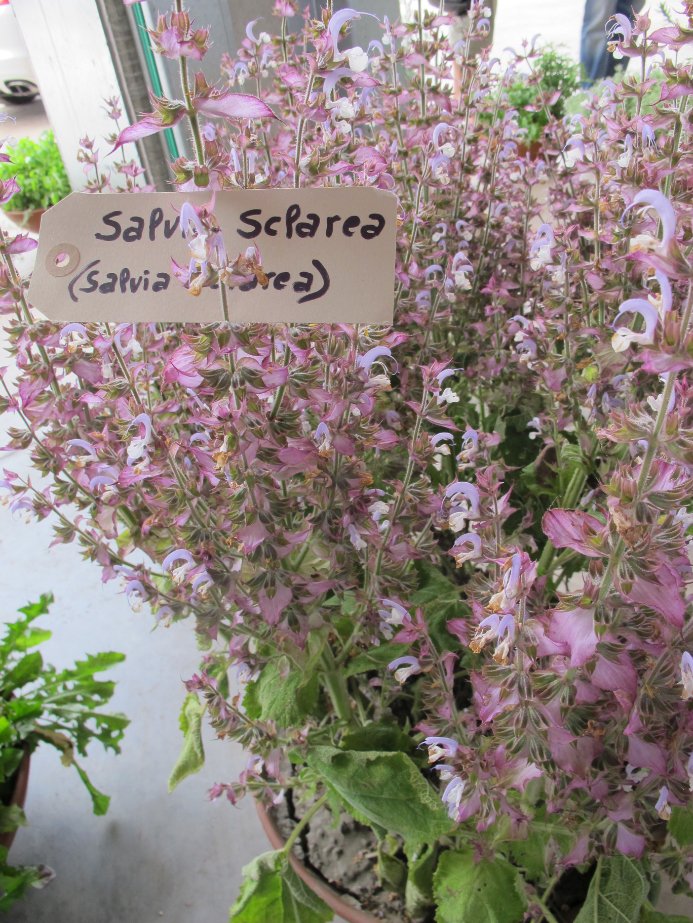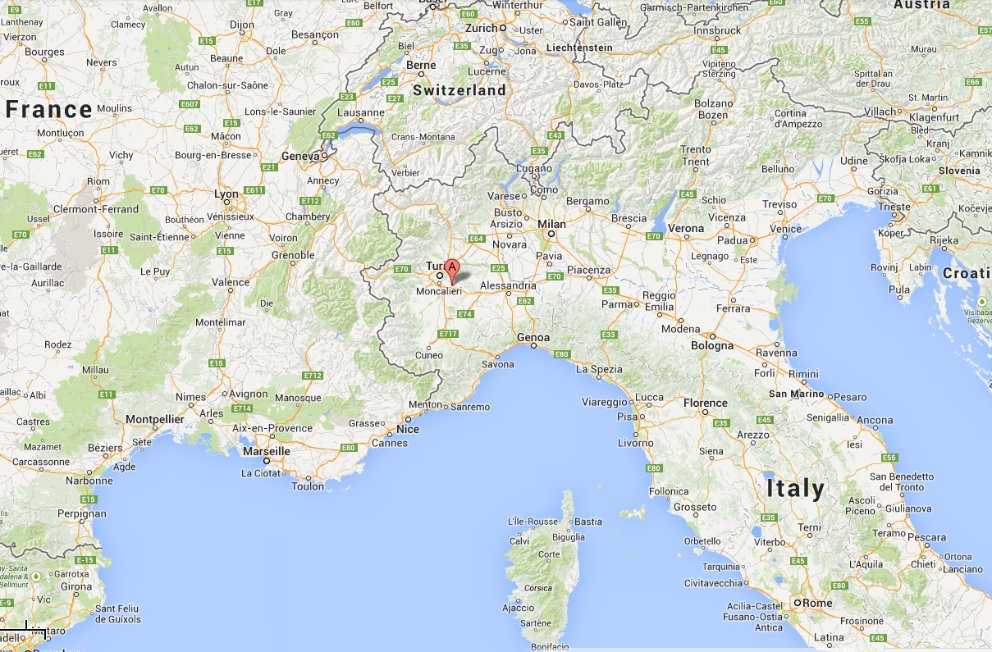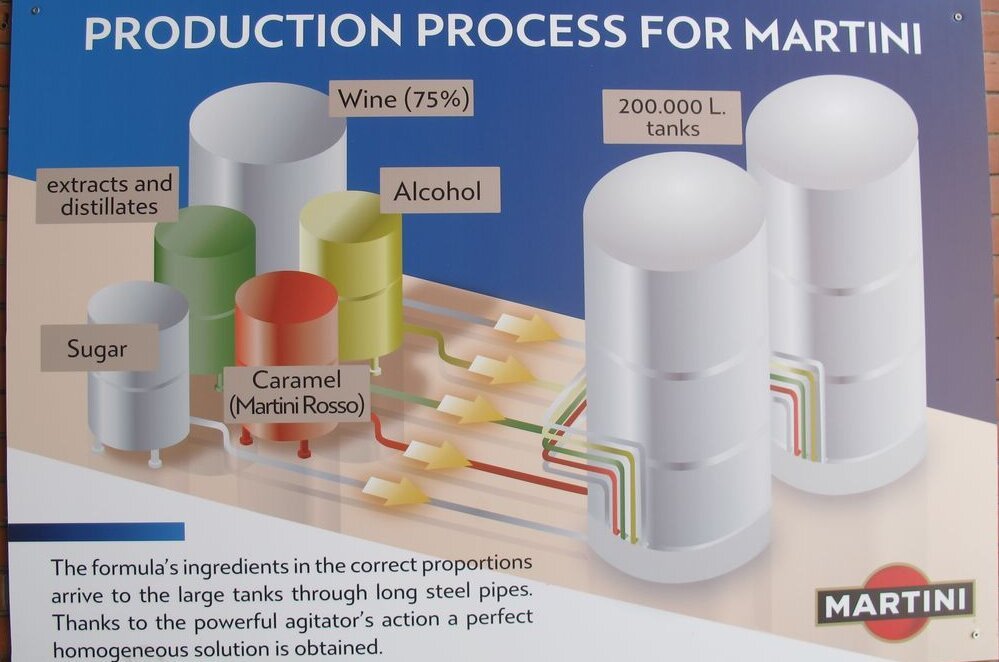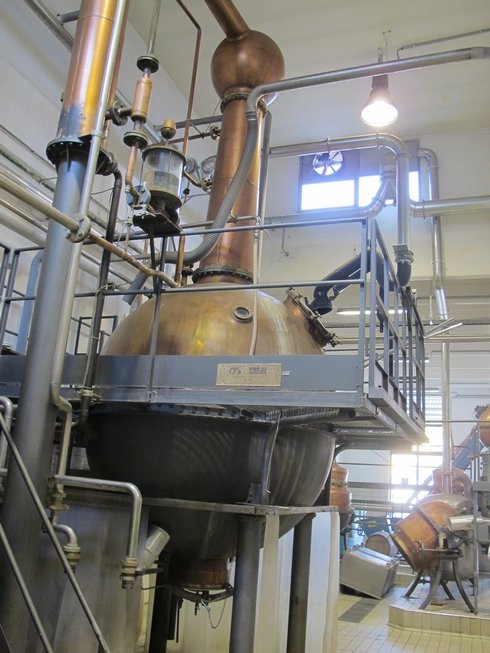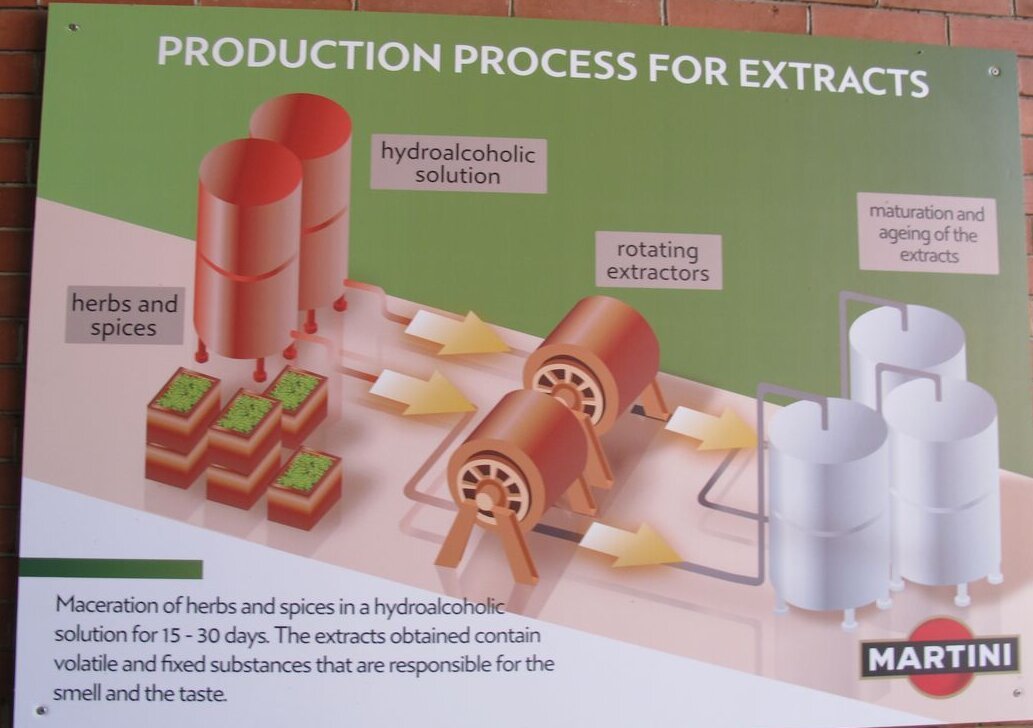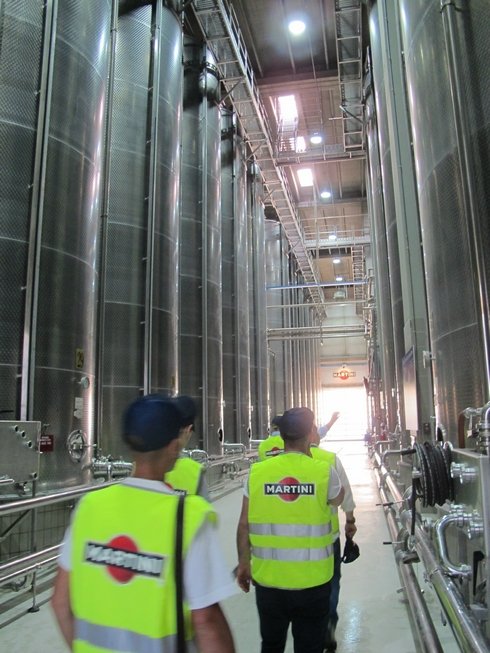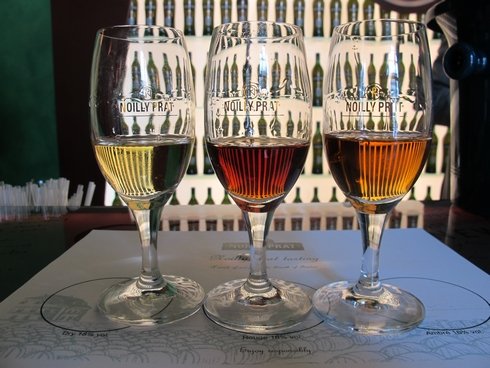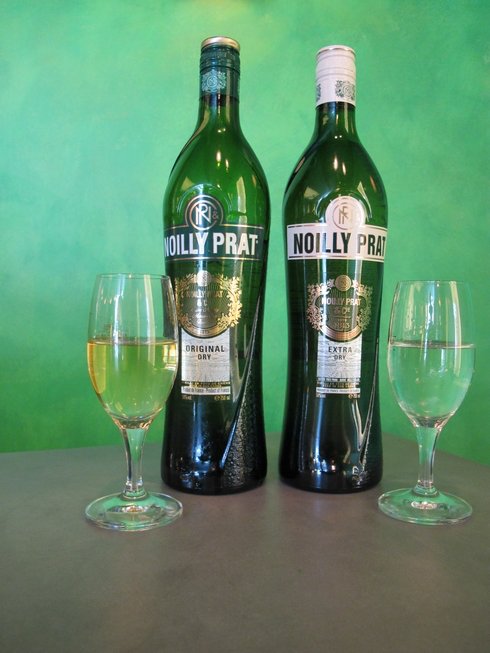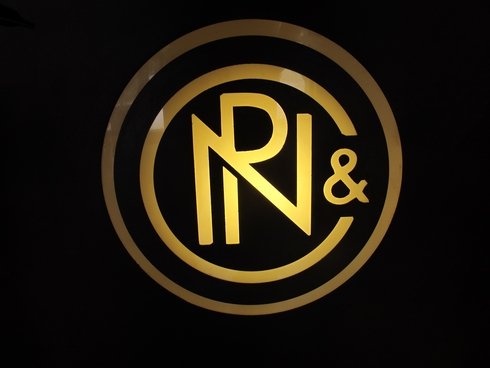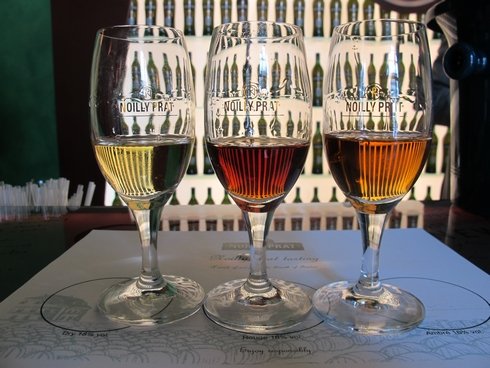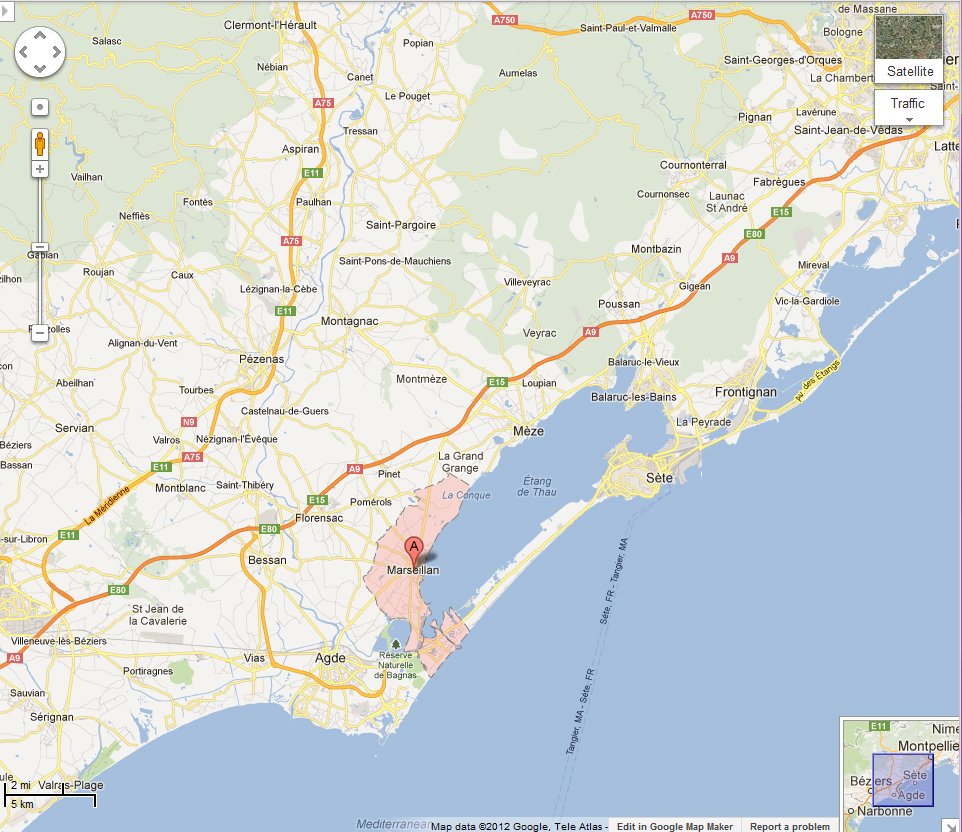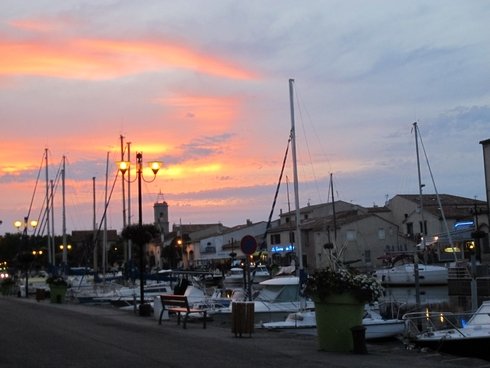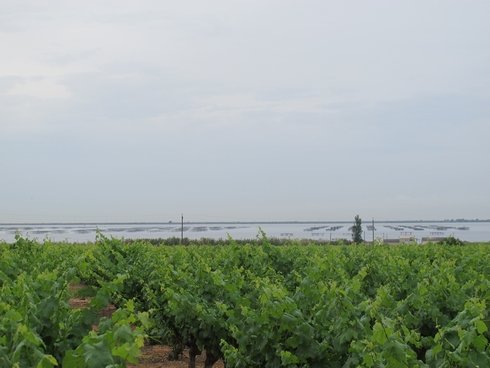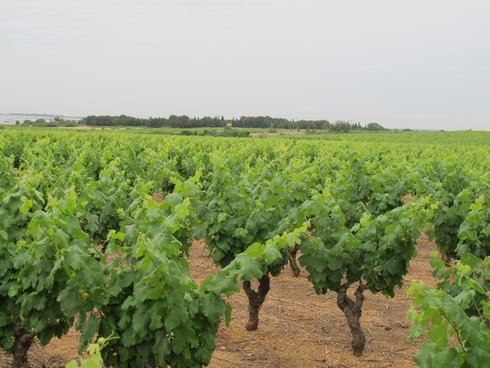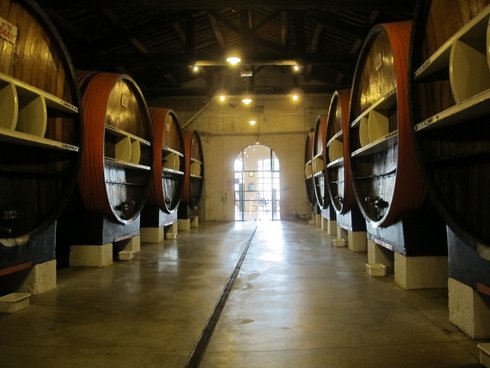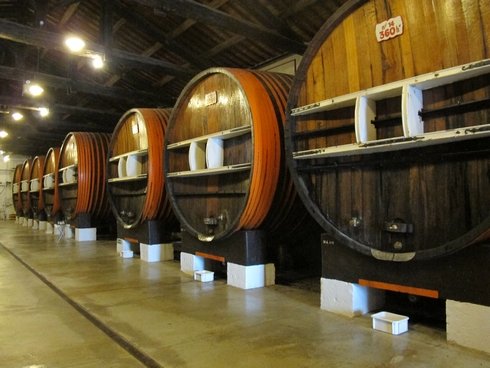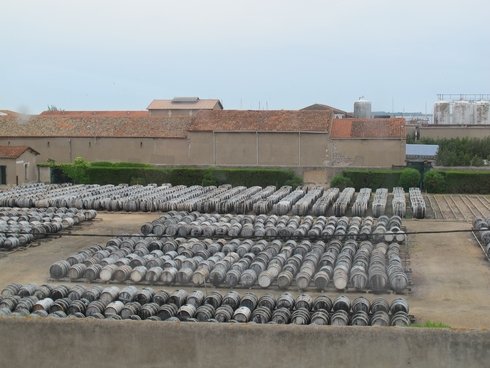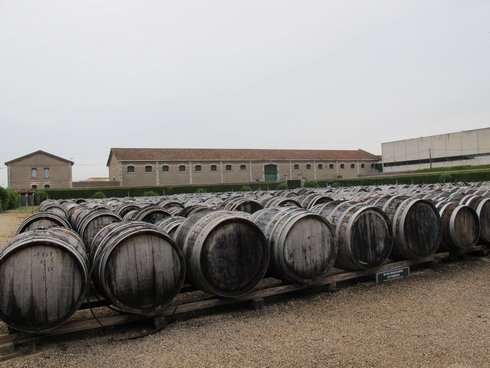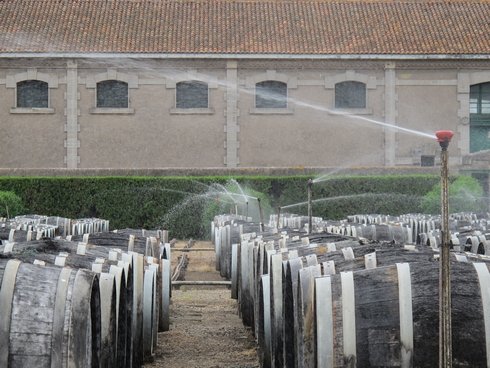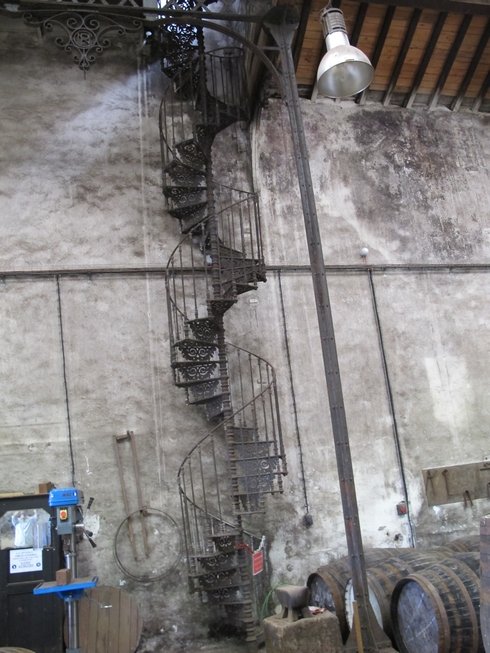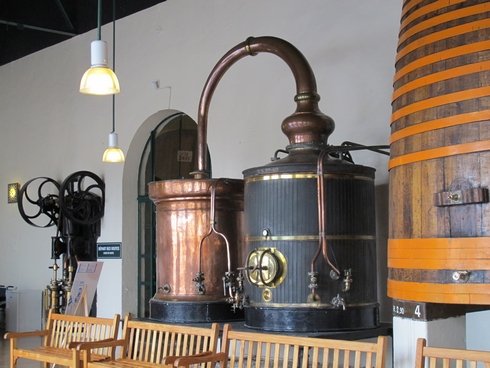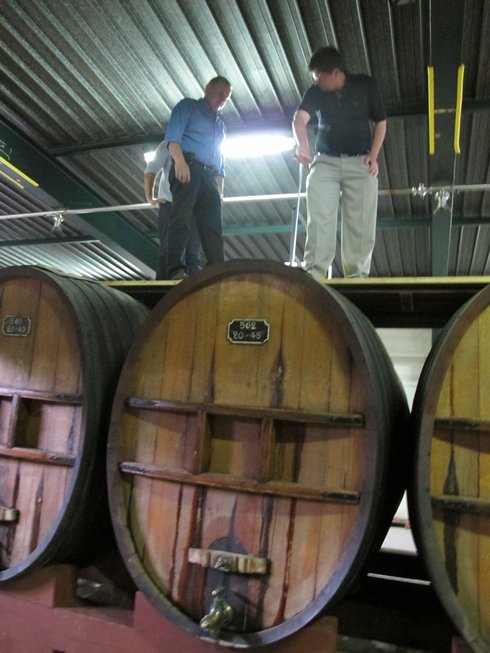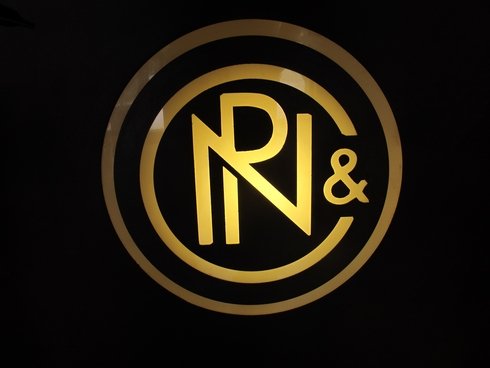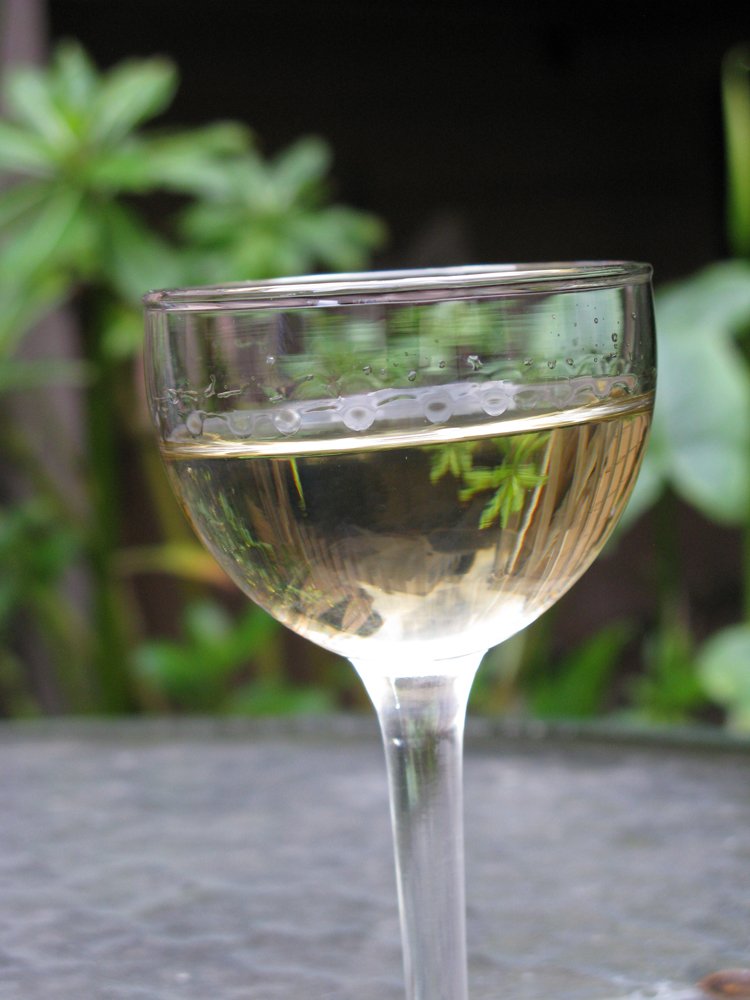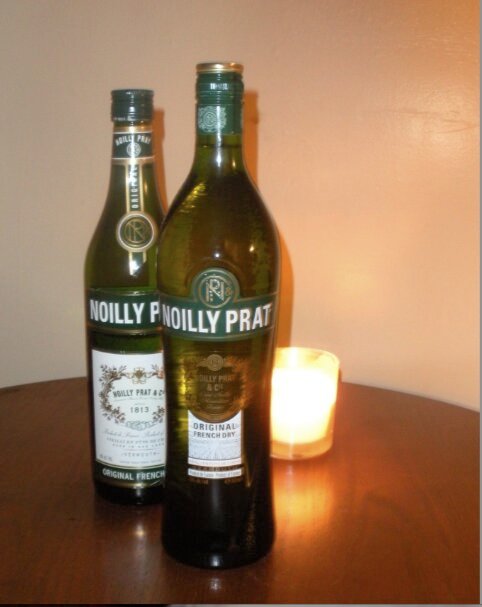 At this year's Golden State of Cocktails in Los Angeles, I attended a seminar by Giuseppe Gallo called "The Truth About Vermouth."
At this year's Golden State of Cocktails in Los Angeles, I attended a seminar by Giuseppe Gallo called "The Truth About Vermouth."
I knew a few things having visited both Martini and Noilly Prat in the past (follow those links to my distillery visit posts), but learned a lot more about the history and legal categorization of vermouth during this talk.
Below are my notes. You can see most of this information on Giuseppe Gallo's Slideshare page as well.
- The word "vermouth" is based on the word for wormwood.
- Absinthe (also containing wormwood) is based on the Greek word for unpalatable, referring to wormwood's bitterness.
- Wormwood-infused wines go way, way back.
- The spice trade in the vermouth region was monopolized by Genova in Italy (bordering the Piedmont region in which Turin is located) and Marseille in France (across the bay from Noilly Prat's Marseillan)
- Part of Piedmont and part of Southern France were both part of the Kingdom of Savoy at one time. Then the Chambery region (where Dolin was founded; interior of France, north of Marseille) was traded to France, and the capital of Savoy was moved to Turin (where Martini was founded). So both sweet and dry styles of vermouth can essentially be traced to one place.
- The first commercial vermouth was Carpano, founded in 1786. Sweet-style vermouth. A legal decree made the official style of vermouth in Turin be the sweet "rosso" style.
- Noilly Prat in Marseillan was a dry style of vermouth, founded in 1813. It helped make France the center of dry-style of vermouth.
- The EU laws for vermouth (note all legal stuff below is based on the EU law, which is not the same as in the US) are here: EEC No 1601/91 and state
- Must be at least 75% wine
- Must use artemesia ( of which wormwood is a member) as the main bittering agent [edit: the actual language around it is "the characteristic taste of which is obtained by the use of appropriate derived substances, in particular of the Artemisia species, which must always be used"]
- 14.5% – 21% ABV
- Must be fortified
- Categories of Aromatized Wine (all have added alcohol and artemesia) are:
- Vermouth – as above
- Americano – with gentian as the main bittering agent, and orange peel
- Bitter Wine – including Amer Picon. Gentian
- Vino Chinato – quinine wine
- Vino All'uovo – Marsala and wine-based egg liqueurs like Vuv
- Geographical Indications for Vermouth Can Be:
- Vermouth d Chambery
- Vermouth di Torino (which uses wormwood from the Piedmont region, and produced and bottled within region)
- Sugar quantities for vermouth are:
- (a) 'extra-dry': in the case of products with a sugar content of less than 80 grams per litre;
- (b) 'dry': in the case of products with a sugar content of less than 50 grams per litre;
- (c) 'semi-dry': in the case of products with a sugar content of between 50 and 90 grams per litre;
- (d) 'semi-sweet': in the case of products with a sugar content of between 90 and 130 grams per litre;
- (e) 'sweet': in the case of products with a sugar content of more than 130 grams per litre.
- Martini vermouth does all their infusions into neutral alcohol, not into the wine itself
- Martini (sweet, I assume) vermouth lasts 28 months after bottling when closed, and up to 8 months in the refrigerator after being opened.
